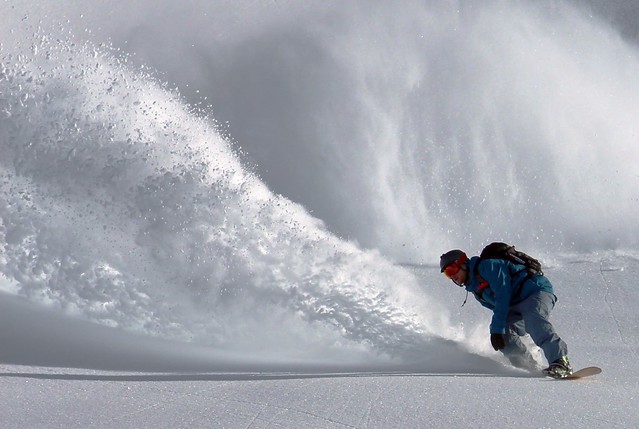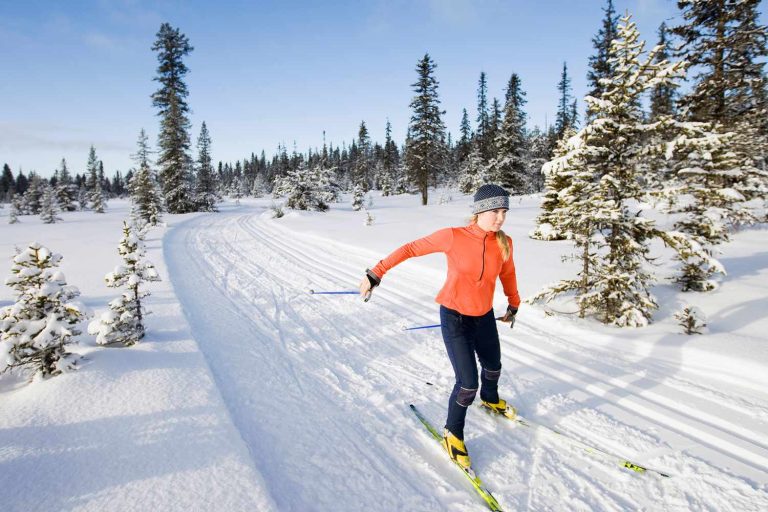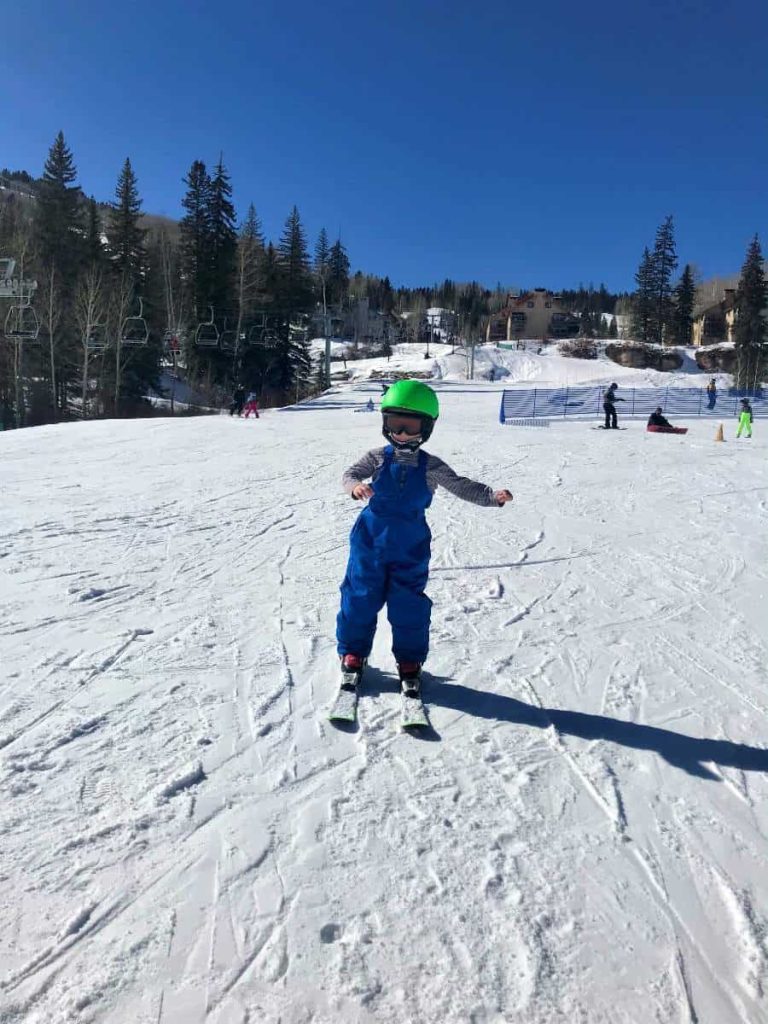What to Do When Skiing in an Avalanche?
When hitting the slopes for some exhilarating skiing, safety should always be a top priority. Being prepared and knowledgeable about what to do in the event of an avalanche is crucial for every skier. Here are some essential tips to keep in mind when skiing in avalanche-prone areas.
Check the Avalanche Forecast
Before embarking on a skiing adventure, it’s important to check the avalanche forecast for the area. Various online resources and local authorities provide up-to-date information on avalanche risks, allowing skiers to make informed decisions about where and when to ski.
Carry Essential Avalanche Safety Gear
Prior to hitting the slopes, ensure that you are equipped with essential avalanche safety gear, including a beacon, probe, shovel, and an airbag if possible. Additionally, knowledge of how to use these tools is paramount for quick response in the event of an avalanche.

Credit: www.snow-forecast.com
Stay Informed and Aware
While skiing, always be aware of the terrain and weather conditions. Look out for signs such as recent avalanches, cracking or collapsing of snow, and other indicators of potential avalanche danger. Staying informed and vigilant can help skiers identify hazardous areas.
Quick Actions During an Avalanche
If caught in an avalanche, quick decision-making and actions are crucial. Try to immediately get off to the side of the avalanche path if possible. Discarding any equipment that may hinder mobility can increase chances of survival. Swim and struggle to stay on the surface of the avalanche debris. Create an air pocket in front of your face as the avalanche slows down to protect your airway. Use your arms and hands to make space around your face for breathing.
Use of Avalanche Airbag
If equipped with an avalanche airbag, deploy it as soon as possible to prevent burial under the snow. The airbag can increase the chances of staying on the avalanche surface and decreasing the risk of trauma or injury.

Credit: www.usda.gov
Signal for Rescue
Once the avalanche slows down and stops, use a visible signal such as waving your arms or using a whistle to alert others about your location. If equipped with an avalanche beacon, activate it immediately to aid rescuers in pinpointing your position under the snow.
After the Avalanche
Post-avalanche, it is essential to remain calm and conserve energy. If buried under the snow, try to create as much space as possible around your face to facilitate breathing. Stay as still as possible to conserve oxygen. Utilize the resources at your disposal, such as a whistle or mobile phone, to attract attention and call for help.
Seek Training and Education
Participating in avalanche safety courses and training can provide invaluable knowledge and hands-on experience in dealing with avalanche emergencies. Skiers are encouraged to seek professional guidance and education in avalanche safety and rescue techniques.
Frequently Asked Questions For What To Do When Skiing In An Avalanche?
How Can I Prepare For Skiing In Avalanche?
Before skiing, check local advisories, have proper gear, and attend avalanche safety training.
What Should I Do If I’m Caught In An Avalanche?
Try to remain on top, swim in snow, and create an air pocket for breathing.
When Skiing In Avalanche, Should I Use An Airbag?
Yes, carrying an avalanche airbag can increase your chances of survival.
Are There Any Avalanche Safety Resources I Can Access?
Yes, refer to local avalanche centers, websites, and trainings for safety information.
Conclusion
In conclusion, skiing in avalanche terrain requires thorough preparation, awareness, and quick response in the event of an avalanche. By staying informed about avalanche risks, carrying essential safety gear, and knowing what to do in case of an avalanche, skiers can significantly reduce the dangers associated with this thrilling winter sport.





